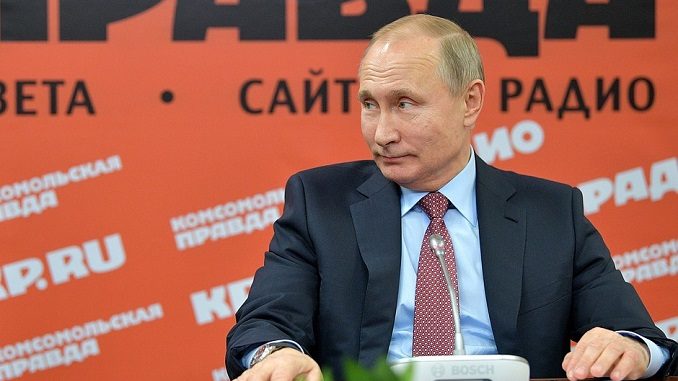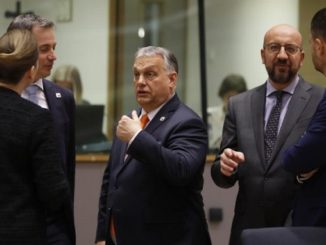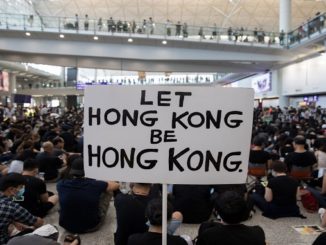
Beleaguered by Western sanctions, Russian President Vladimir Putin is turning the national economy inward, enlisting local tycoons for the biggest infrastructure-investment program since Soviet times, Wall Street Journal writes.
The government plans to spend the equivalent of $100 billion during the next five years on dozens of bridges, ports and transportation links, including the Northern Latitude Way railway, a revived train route through the frozen Arctic steppe first dug decades ago by gulag laborers.
The initiative is Russia’s most ambitious attempt yet to overcome the loss of Western capital and technology, which followed Moscow’s annexation of Crimea from Ukraine in 2014. The government expects these megaprojects to swamp Russian industry with orders for everything from cement to railcars, boost exports and create tens of thousands of new skilled jobs, thereby doubling the current GDP growth rate to 3.1% by 2021.
“We have to depend on our own resources to boost the economy,” Russian Finance Minister Anton Siluanov told a conference of investors Wednesday. “To achieve growth targets, we have to boost investment.”
Russia faces an array of economic challenges ranging from labor shortages to sanctions, and it has set ambitious investment targets before and fallen short of achieving them. Analysts also warn the economic benefits of the fiscal stimulus risk being swallowed by corruption if the government doesn’t improve transparency and competition.
By handpicking the new projects’ suppliers and builders, Putin is compensating loyal oligarchs who have been blacklisted by the U.S. Treasury or who may be hit by a new round of Western sanctions expected before the end of the year, the Journal notes.
The holding company chosen to build and charge tolls for the Northern Latitude Way is run by former and current managers of sanctioned billionaire Gennady Timchenko, whose gas company Novatek will be among the biggest beneficiaries of the new rail line.
“It is a way for the Kremlin to support their favorites, to instill loyalty,” said Alexandra Suslina, fiscal policy expert at Moscow think tank Economic Expert Group.
High commodity prices and the falling ruble have allowed the country’s energy, mining and grain companies to rack up record cash holdings in the past year. Instead of pocketing these earnings through dividends, the Kremlin wants the industry magnates to bridge the funding gap caused by tight budget rules and the loss of Western investment, the Journal adds.
Half of the infrastructure-investment program will be financed by nonbudgetary sources, according to the government’s plan approved in late September. Officials and Russia’s big business have so far shortlisted a thousand joint investment projects, according to Siluanov.
Western sanctions were intended to fracture Russia’s elite. Instead, the siege mentality has brought the oligarchs and the Kremlin closer together by increasing their mutual dependence, said Alexey Makarkin, analyst at Center of Political Technologies, another Moscow think tank.
U.S. policy makers “tried a textbook tactic to sow division, but it didn’t work in Russia,” he said. “The Russian elite remains united.”




Be the first to comment